Annapurna Circuit Trek
Opened for tourism since 1980, the Annapurna region has been recognized as one of the world’s best trekking destinations according to a recent survey by the American magazine Modern Maturity (USA), and so it is renowned as one of the world’s paramount trekking destinations. It escorts you through Rhododendron forests and over the foothills of the Annapurna and Dhaulagiri mountains. Annapurna Circuit Trekking gives you awesome views of famous peaks like Annapurna I, II, III, IV, Dhaulagiri, Machhapuchhre, Annapurna South and Manaslu.
Nepal Eco Adventure’s Annapurna circuit trekking is ideal for beginners as well as highly experienced or professional trekkers and mountaineers. Annapurna trekking is not only popular for the trekking experience, but is also famous for natural highlights like natural hot springs, the world’s deepest Gorge, known as Kali Gandaki Gorge, world’s highest altitude lake known as Tilicho Lake and the Ruptse waterfall. Annapurna Conservation Area has 100 varieties of Orchids and some of the richest temperate Rhododendron forests in the world with sub-tropical lowlands, valleys, bamboo, oak forests,alpine meadows, exposed desert plateaus along with 440 species of birds and animals like Marten, Deer, Langur Monkey and the Snow Leopard. This trekking is the most rewarding way to experience Nepal’s natural embellishments and cultural offerings. Walking through Rhododendron Forests, isolated Hamlets, small mountain villages, alongside native Fauna and breathtaking landscapes, you will also encounter friendly and warm hearted people of different cultures offering a fascinating glimpse of traditional rural life.
Maps
Trip Itinerary
-
1Drive to Besisahar (923m) and trekking to Bulbule.
We leave early from Kathmandu to begin the trip to Besisahar. We schedule our own bus transportation. The road leading up to Besisahar is passably good. After arriving at Besisahar, we continue walking for another two hours to reach Bulebule along the Marysangdi River. After a lengthy bus ride, Bulbule just a short distance away. When we get there, we wash up and stay the night.
Meals B,L,DHighlights Drive to Besisahar (923m) and trekking to Bulbule.Accommodation LODGE -
2Trek to Chamje (1410m)
During the first day of the journey, we pass through woods, rice terraces, and a number of suspension bridges as well as waterfalls. We can see the Marsyangdi Khola below and the rocky hills all around once we arrive at the cliff at Jagat. Today's draw is the beehives at the peak of the cliffs. We will go to Chamje, where we spend the night, in a short while.
Meals B,L,DHighlights Trek to Chamje (1410m)Accommodation LODGE -
3Trek to Bagarchhap (2160m)
As we pass through steep, narrow valleys, woods of rhododendron, pine, and bamboo, and rocky mountain folds, we come over a bridge that leads to a short rise and, eventually, atop a climb that reveals a broadening valley. Before we go to Dharapani, we have to travel through crops of wheat, barley, and potatoes once we arrive at the village of Tal. From there, we take a westward turn to go to Bagarchhap via fir and pine forests.
Meals B,L,DHighlights Trek to Bagarchhap (2160m)Accommodation LODGE -
4Trek to Chame (2710m)
From Bagarchhap, we proceed on to a Danaque village before making a difficult ascent to a Tamang village, which offers breathtaking views of the Manaslu, Lamjung, Annapurna, and other mountain beauties. We travel along a gentle flat road to Thanchowk, Kolo, and ultimately Chame as we pass through a Tibetan settlement that serves as a transition between the lowlands and high highlands.
Meals B,L,DHighlights Trek to Chame (2710m)Accommodation LODGE -
5Trek to Pisang (3240m)
We first travel through Chame's historic district, ascend to Telekhu, and then continue on a lengthy, flat route through woodlands to Brathang. After a curve in the route, we must use a suspension bridge to return to the south side of the Marsyangdi River before moving on. The route next leads us on a gradual incline over a ridge covered with pine trees before leveling off as we go from the upper Manang valley to Pisang.
Meals B,L,DHighlights Trek to Pisang (3240m)Accommodation LODGE -
6Trek to Manang (3540m)
The top section of the Manang district begins with the town of Pisang. On this day, the hike ascends to Braga, a settlement with Tibetan influences. Here, the homes are built on top of one another, producing verandas from their shared roofs. The biggest Gompa in the area, which is the primary draw, is positioned on a high crag with a panoramic view of the entire hamlet and has the largest collection of sculptures on exhibit. We eventually arrive at Manang, where we rest and spend the night.
Meals B,L,DHighlights Trek to Manang (3540m)Accommodation LODGE -
7Acclimatisation in Manang
To reduce the danger of getting altitude sickness when we go to higher elevations, we must acclimatize. Manang is the ideal location because of its stunning natural surroundings and afternoon stroll up to Khangsar for a quick side trip.
Meals B,L,DHighlights Acclimatisation in ManangAccommodation LODGE -
8Trek to Yak Kharka (4120m)
We feel refreshed and ready to resume our adventure now that we've had some rest. There are a few horses and yaks grazing in the meadows as we pass by the big trees and head towards the alpine grass and junipers. Yak Kharka's tranquil setting, complete with meadows and steep hills, is the ideal location for us to spend the night. We may alternatively decide to walk for an hour to go to Letdar and stay there for the night.
Meals B,L,DHighlights Trek to Yak Kharka (4120m)Accommodation LODGE -
9Trek to Thorung Phedi (4560m)
As we rise along the east bank of the Jarang Khola, trekking to Letdar aids in acclimatization to the rising altitude. After some hours, we arrive at the Thorung Phedi, a meadow encircled by sheer cliffs. While Lammergeyers and griffons are quite abundant, reports of sightings of blue sheep and snow leopards in the region have been few. Here, we stay the night.
Meals B,L,DHighlights Trek to Thorung Phedi (4560m)Accommodation LODGE -
10Over Thorung La (5,416m) to Muktinath (3,802m) – 8 hours
We will hike for roughly 7-8 hours today. The path has been traveled for years, making it relatively simple, although it might get challenging in the top parts due to strong winds. The path is thought to have been utilized for hundreds of years to transport sheep, yaks, and other commercial commodities in and out of Manang. In about 6 hours, we arrive in Thorung Phedi. Our climb will be rewarded with stunning views of Annapurna, Gangapurna, and a severely glaciated summit of Khatungkang after we reach Thorung la Pass. After descending roughly 1600 meters, we can see the magnificent Dhaulagiri in the distance. The route eventually flattens out and reaches grassy plains and meadows before reaching Muktinath.Muktinath, a holy location for both Hindus and Buddhists, is a place of nirvana in the Hindu faith that is home to a temple and several monasteries. The Jwalamai temple, which has a spring and an everlasting flame, as well as the 108 water spouts that spray holy water, are the site's primary draws. Thousands of pilgrims travel here each year.
Meals B,L,DHighlights Over Thorung La (5,416m) to Muktinath (3,802m) – 8 hoursAccommodation HOTEL -
11Trek to Jomsom (2750m) via Kagbeni.
We descend through meadows, streams, and fruit trees on a track that is a part of the Jomsom trek from Muktinath before arriving at Kagbeni. After taking a look around the historic village, we descend. We travel from Kagbeni to Jomson in the Kali Gandaki valley.
Meals B,L,DHighlights Trek to Jomsom (2750m) via Kagbeni.Accommodation HOTEL -
12Drive to Tatopani (1190) – Hot Water Springs
Chokhopani, a traditional Thakali settlement, is on the way from Marpha to Kalopani by a new route. Nilgiri, Dhaulagiri, Tukuche, Annapurna, and many more snow-capped peaks may be seen in the panoramic vistas of the Himalayas. From here, we cross a river and a recently built road that will get us to Kalopani at last.
Meals B,L,DHighlights Drive to Tatopani (1190) – Hot Water SpringsAccommodation HOTEL -
13Trek to Ghorepani (2750m)
Today we move from Tatopani through villages of midland Nepal with terraced fields and inclined farmlands. As we hike and ascend we move past rhododendron, magnolia and other vegetation of the area. We finally reach Ghorepani as we witness the beautiful mountains in the evening sky. We rest in Ghorepani to make an early start pushing for Poonhill in the morning.
Meals B,L,DHighlights Trek to Ghorepani (2750m)Accommodation HOTEL -
14Ghorepani – Poonhill – Nayapul. Drive to Pokhara – 7 hours
We have an early morning ascent of Poonhill for the sunrise. This has to be the highlight of the trek as we make our trip to the vantage point early in the morning with sunrise. Once you see the snow-capped peaks highlighted in the changing golden rays of the sunrise, it will be one of the most unforgettable moments of your life. The peaks in the scenery include the Annapurna range and Dhaulagiri. Known as a photographer’s paradise, we can spend some time here taking breathtaking pictures of the spellbinding surroundings, capturing the spectacular moments in a frame. We then descend to Ghorepani for breakfast and then trek for 5 hours down to Nayapul. The first part of the trek down until Tikhedhunga is quite steep down hill. From there we move past terraced fields for a few hours to reach Nayapul. From there a short drive will finally take us to Pokhara.
Meals B,L,DHighlights Ghorepani – Poonhill – Nayapul. Drive to Pokhara – 7 hoursAccommodation HOTEL -
15Return drive to Kathmandu and transfer to hotel – 7
After enjoying beautiful Pokhara and its natural and cultural beauty, we begin our drive towards Kathmandu. After about 6-7 hours, we finally reach Kathmandu. We can either rest or go discover the tourist attractions in the capital city.
Meals B,L,DHighlights Return drive to Kathmandu and transfer to hotel – 7Accommodation HOTEL
Included:
- Pick up and transfer to and from airport
- Public transport to Besisahar and tourist bus from Pokhara back to Kathmandu
- Shared jeep/bus from Jomsom to Tatopani and private transportation from Nayapul to Pokhara.
- One overnight stay in Pokhara
- English speaking guide and a porter
- Salary, food, insurance, and accommodation for guide and porter
- Breakfast, Lunch, and Dinner
- Coffee and Tea
- Permit and TIMS
- Down Jacket and Sleeping Bags
- Cap, T-Shirt & Roadmap
- Assistant Guide for a Group of over 6 People
- Altitude Sickness & First Aid Kit
- Helicopter Service in Emergencies
Excluded:
- Visa for Nepal
- Flights to and from Nepal
- Accommodation in Kathmandu including breakfast
- Personal expenses
- Travel Insurance Including Repatriation
- Tipping
- Desserts, Hot Shower, Hot Water, Mineral Water and Wi-Fi
Equipment Checklist
Your gear is your best friend while being out in the mountains. It, in fact, doesn’t matter where you are going, your equipment is key. In extreme cases, gear can make the difference between life and death. In every case, the right equipment can make the difference between you having a good time and ending up miserable. You have booked your tickets, your guide in Pokhara is waiting and now you rock up with a too-heavy backpack, a jacket which is not thick enough and shoes that are very likely going to give you blisters. What a waste. Pack the right gear and make more of your Annapurna Circuit Trek. what-to-pack-annapurna-circuit-trek-bookatrekkingBefore we start, note one important thing. This is trekking and not climbing. Hence, you can leave the ropes, the chalk and the carabiners in your closet. Packs to Carry If you have to carry something for a prolonged time and you choose what you carry, then don’t compromise. The bags that you bring on your trekking should be of decent quality and you want to be used to them. Don’t swap a winner backpack for a new untested one a week before you head out. Assuming you will have porters to assist you on your trek, you need the following: Duffel Bag Rucksack with Rain Cove Daypack Your Feet Need Comfort We don’t always give our feet the attention they deserve. That may sound weird to you, but just think about what they have all done for you. You can’t go anywhere without your feet. So for your upcoming trekking in Nepal, you better make sure you look after them. Or do you want blisters on the Circuit? Hiking Boots Sandals or Shoes Hiking Socks Trekking Poles Inner Socks Dress for the Occasion The trails in the Annapurnas can be a bit of a catwalk as some people like to sport the latest and most expensive outdoor fashion trends. You don’t have to go overboard. Find a healthy balance between comfortable and durable. Thermal Baselayer T-Shirts Fleece Pullover or Jacket Light Weight Thermal Tops Waterproof Jacket Sports Bra for Her Hiking Shorts Hiking Pants Waterproof Pants Sleep Is Everything A good night of sleep is the best recovery. Your wellness during trekking relies partly on the energy you are tanking in the night. Our partners for the Annapurna supply you with a comfortable down sleeping bag. If that saves you some crucial space when flying in to and out of Kathmandu. If you are on your own, take note of the following: Sleeping bag Pillow Earplugs Get Cover There are multiple reasons for covering your head. Whether it’s sun, snow or rain: It is likely it strikes your head first. Protect yourself against sun rays and bring something that keeps you dry when it gets rough. Wool Hat Sunhat Buff Sunglasses Gloves Rock Your hands are just as important as your feet. They are likely to go cold first, so make sure you look after them. Bring something warm and durable. Your fingertips will thank you later. Fleece Gloves Heavyweight Waterproof Gloves Some Extras No one is the same and everyone has his own level of comfort. There will be things missing on this list, simply because you attach more value to them than others. Bring what you want to bring. The next things are definitely worth bringing: Sunscreen Water Bottles Head Lamp Wet Wipes Sanitizer Creams Pain Medication First Aid Kit Towel Toiletries Leave This in the Closet There always things that you can just leave at home. Light and Fast: The lighter your backpack, the easier your life on the trails will be. Ease is a joy. Here is what you should not bring along. Leather Unnecessary Electronics Jewelry Classic Towel Revealing Clothing One last thing: Whatever you pack, make sure you don’t overpack. Someone needs to carry all
Packing List Trekking in Nepal requires decent gear. Especially the basics like an 80-90l backpack and quality trekking socks. Read an extensive blog here about what to bring with you. Documents – Passport – Travel insurance – Boarding passes for flights – 2 passport photos – Driving License – Dollars in cash – Credit card (make sure you have $500 available on your card in case evacuation by helicopter is required) Sleep – Sleeping bag – Extra sleeping bag lining Footwear – Mountain shoes: 3 or 4 season lightweight – Slippers or sandals for the city – Aircraft shoes (optional) Clothing – Make sure you have non-cotton clothing for during the trek – 2 t-shirts with underlayer (e.g. running t-shirts) – Fleece / softshell jacket – Waterproof jacket – Down jacket for warmth – Travel and citywear – Underwear – Trousers for underlayer (optional) – Waterproof pants – Trekking pants – Trekking shorts (optional) – 2 thick trekking socks – Lightweight and breathable trekking socks – Gloves and woolen hat Accessories – One backpack: 35 liters – A duffel bag or backpack with straps to go over your back (Max 8kg weight for the porters to carry) – Drybag or waterproof cover for your backpack – Water bottle/thermos: at least 2 litres. – Sunglasses – Sunscreen – Personal medication – Inhaler, blister plasters, etc. – General toiletries, contact lenses, spectacles (if necessary) – Towel – Electronics – Headlight, travel adapter, phone & charger – Lip balm – Book – MP3/Music and headphones – Hand disinfectant, biodegradable wet wipes
Annapurna CricuitTrek
Reviews
This package has no review yet!Add Your Review
5 travellers are considering this tour right now!


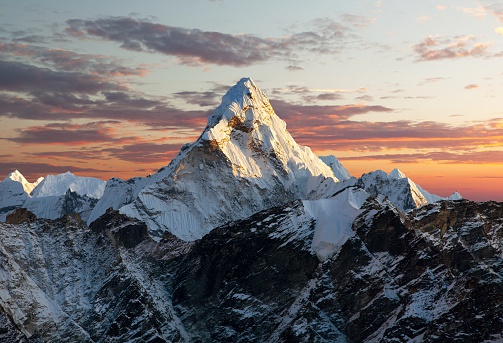
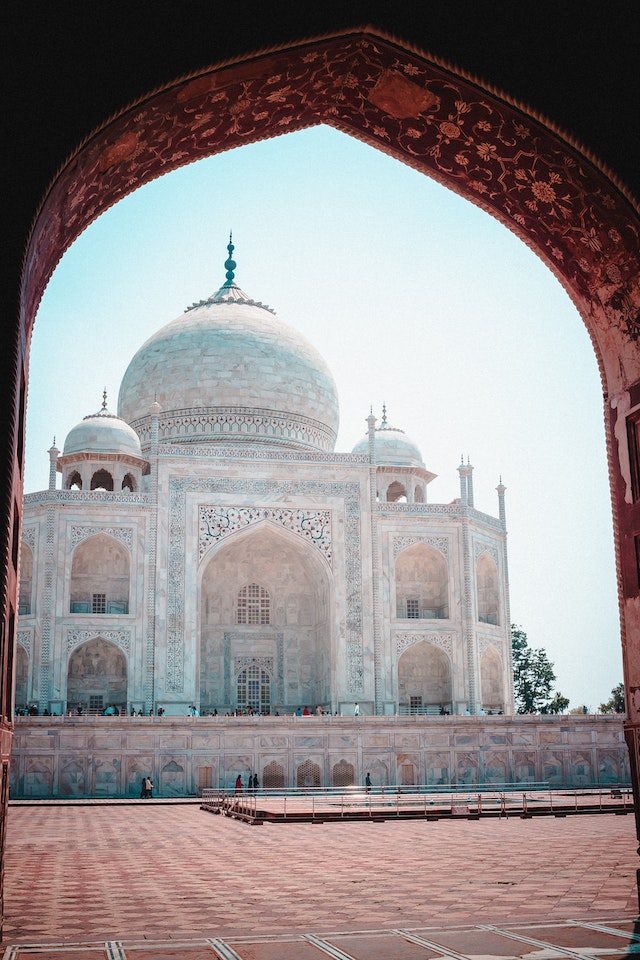
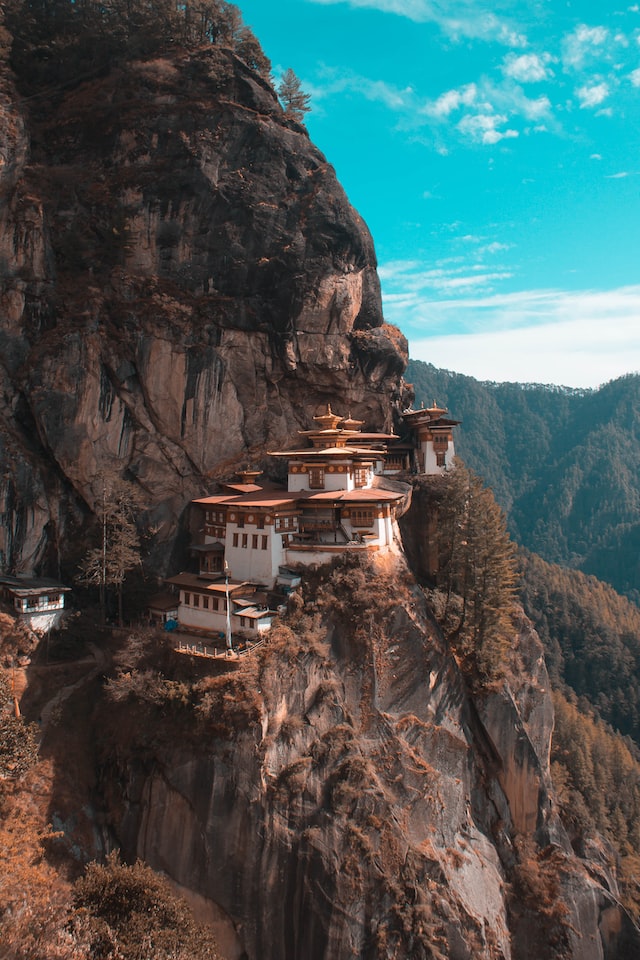
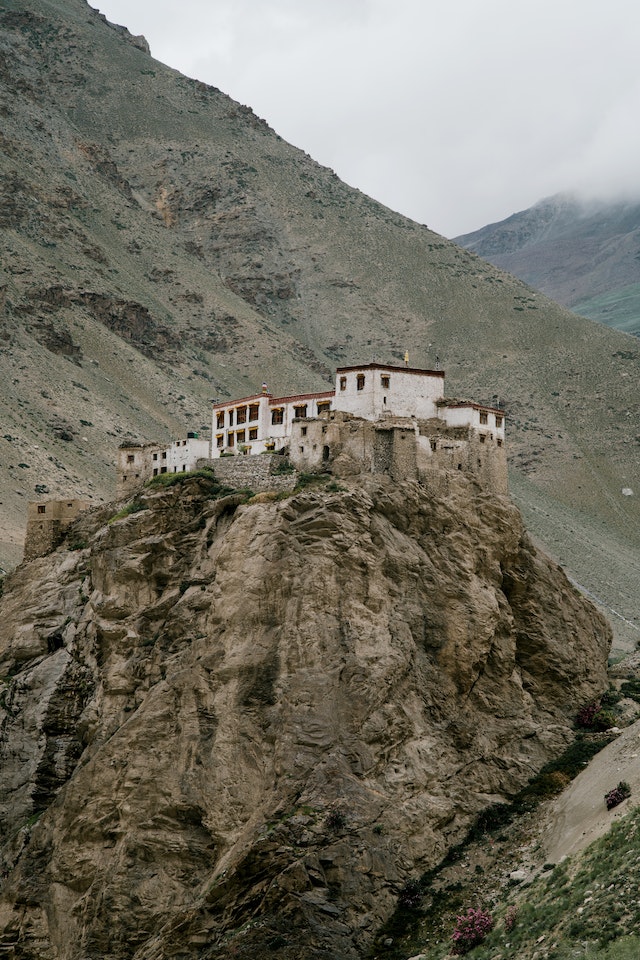
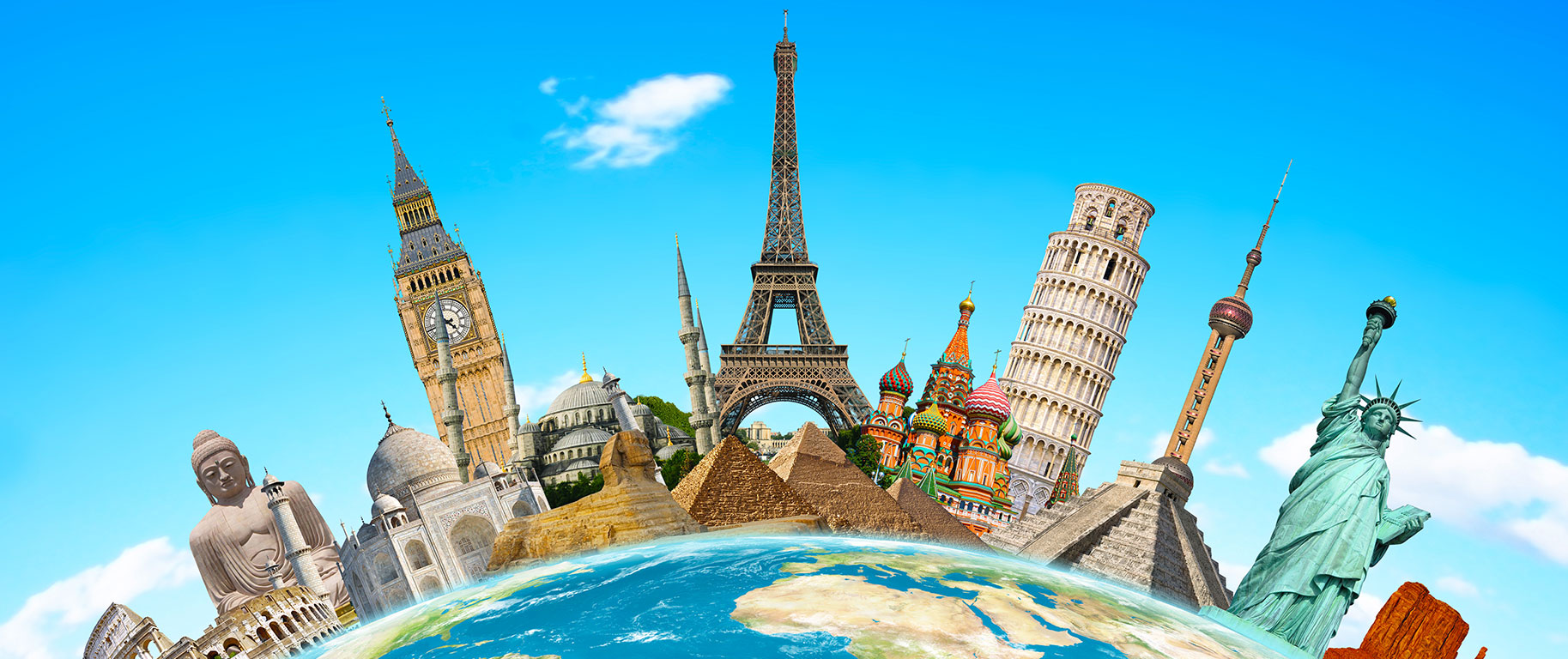
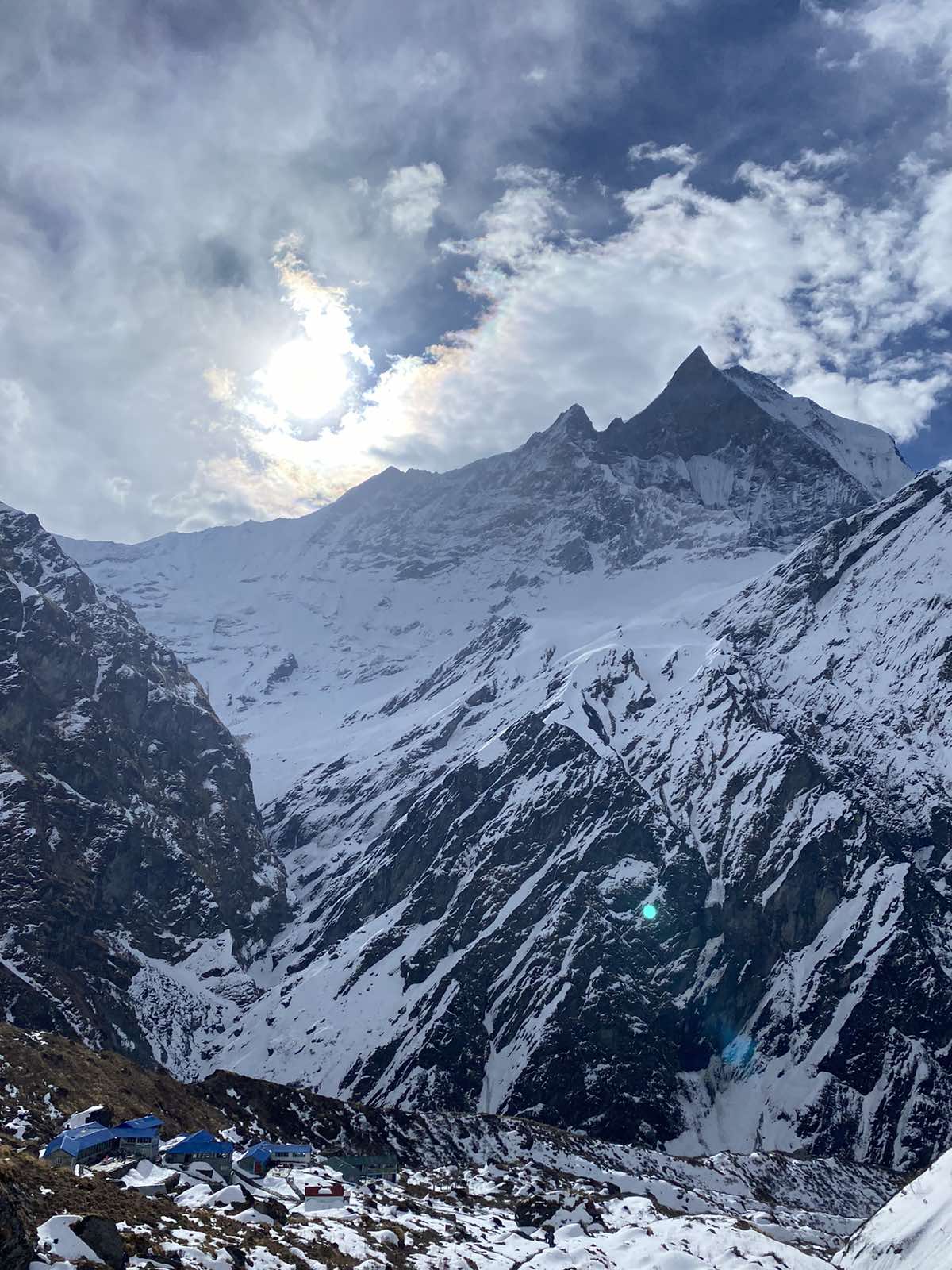
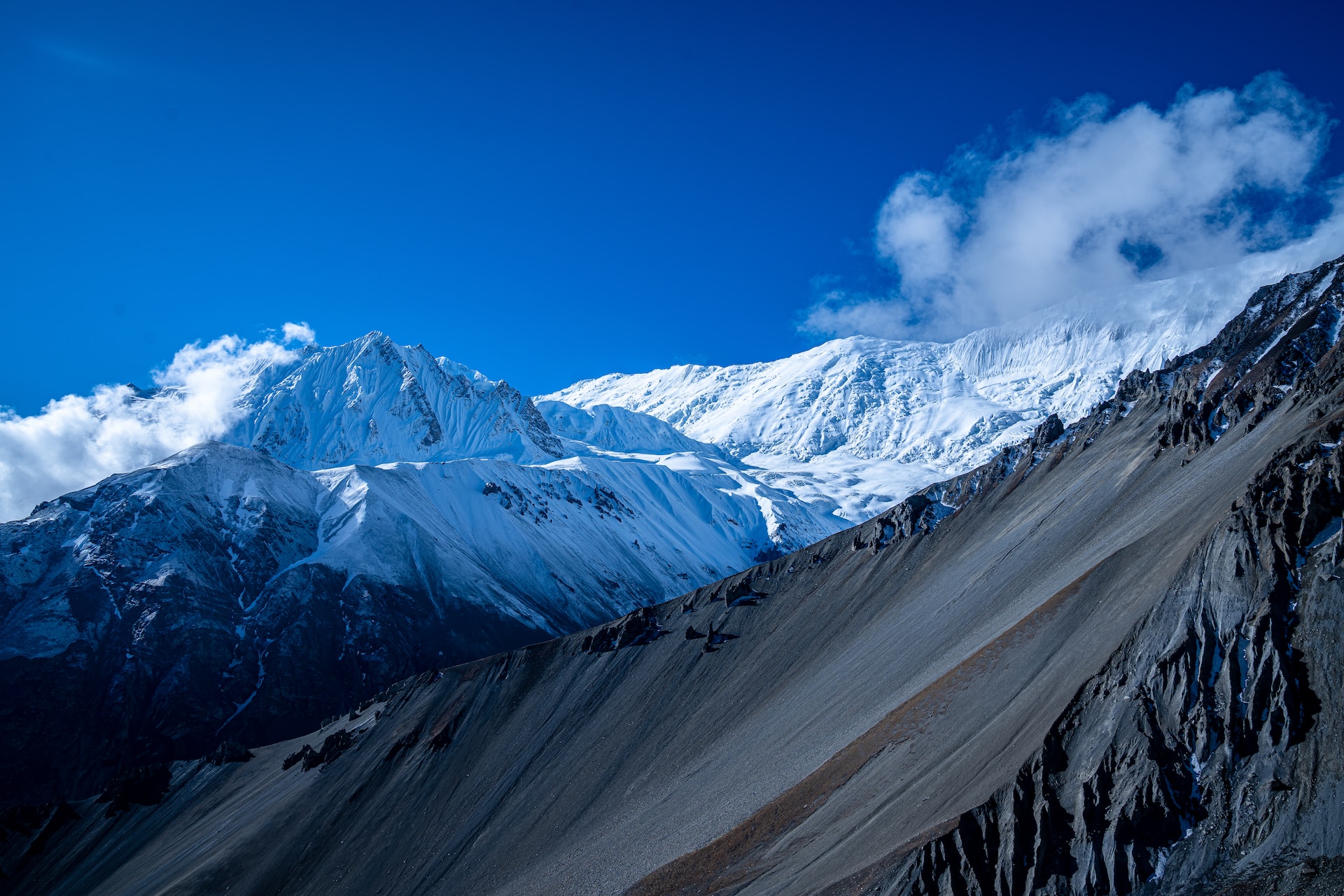
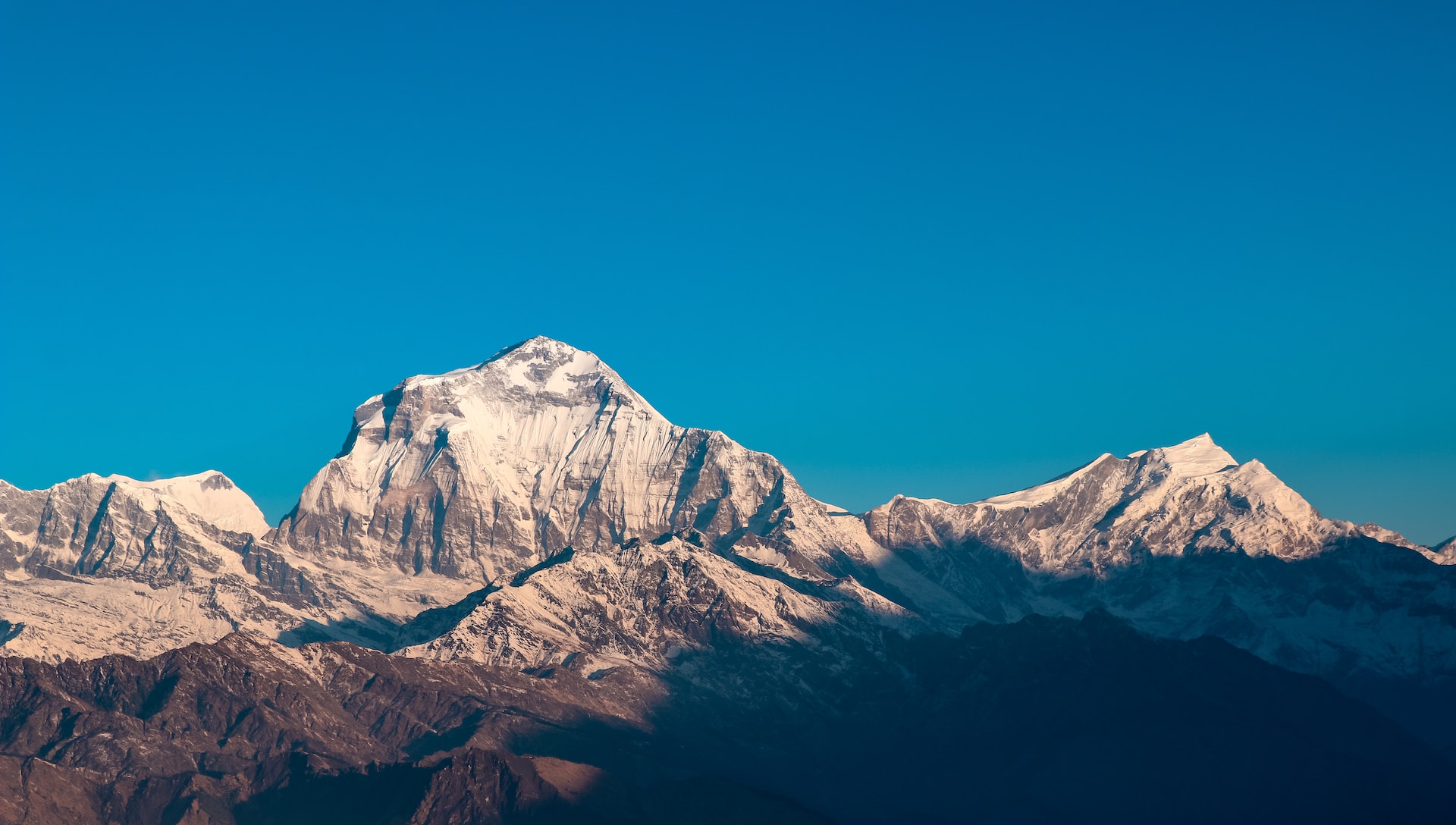
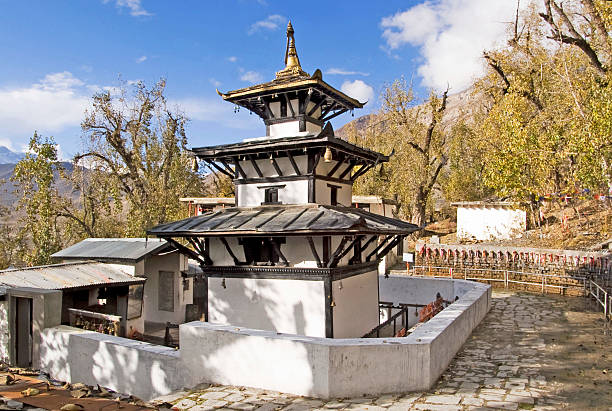
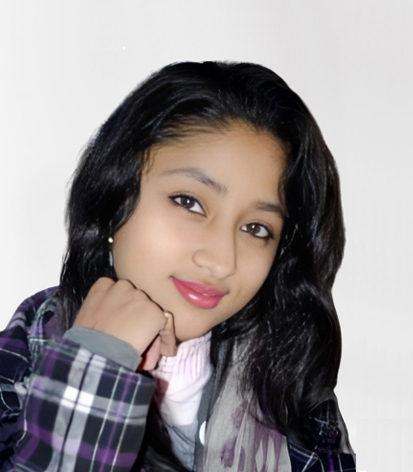
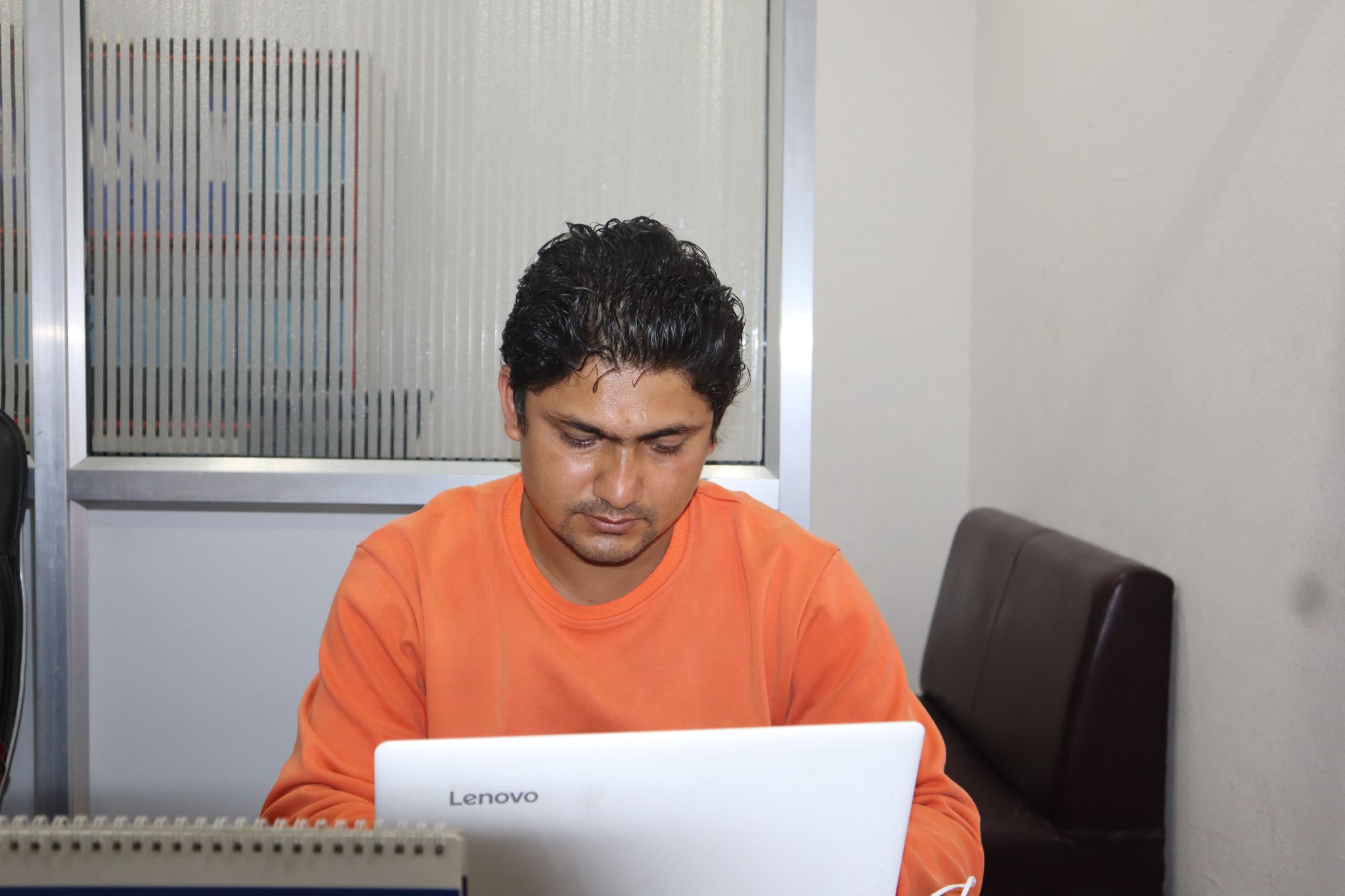

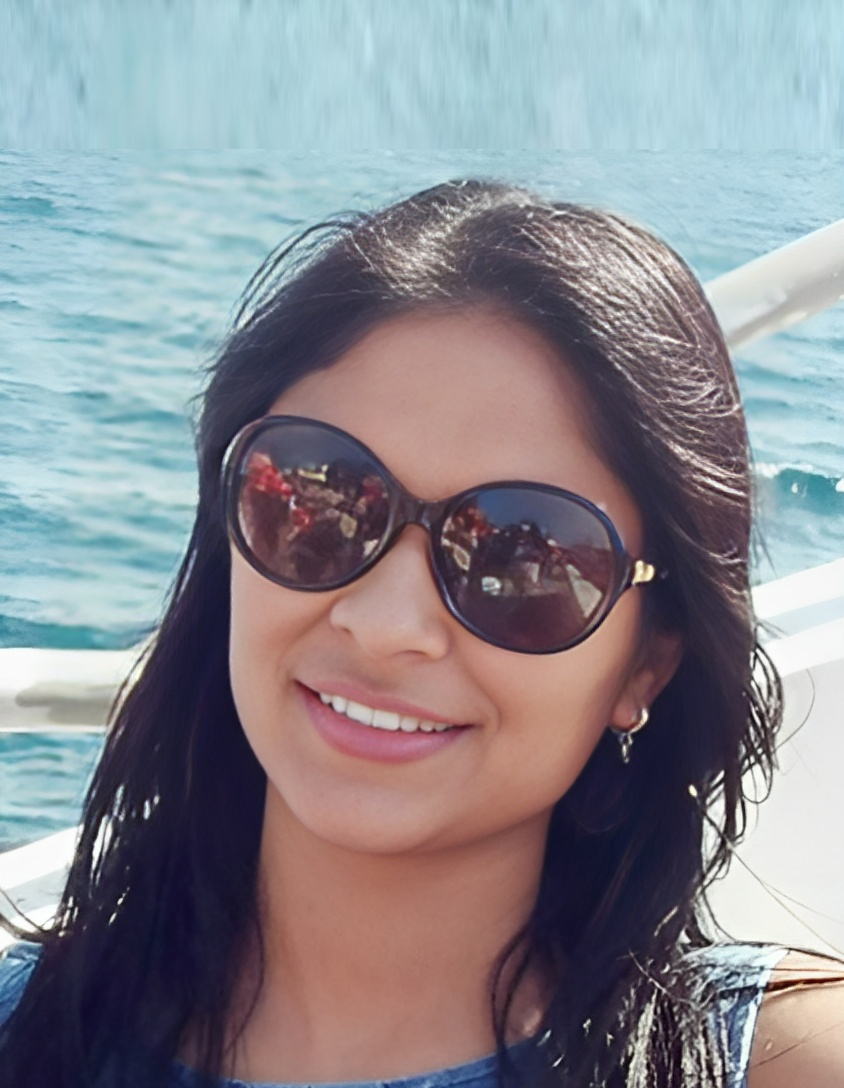

.jpg)